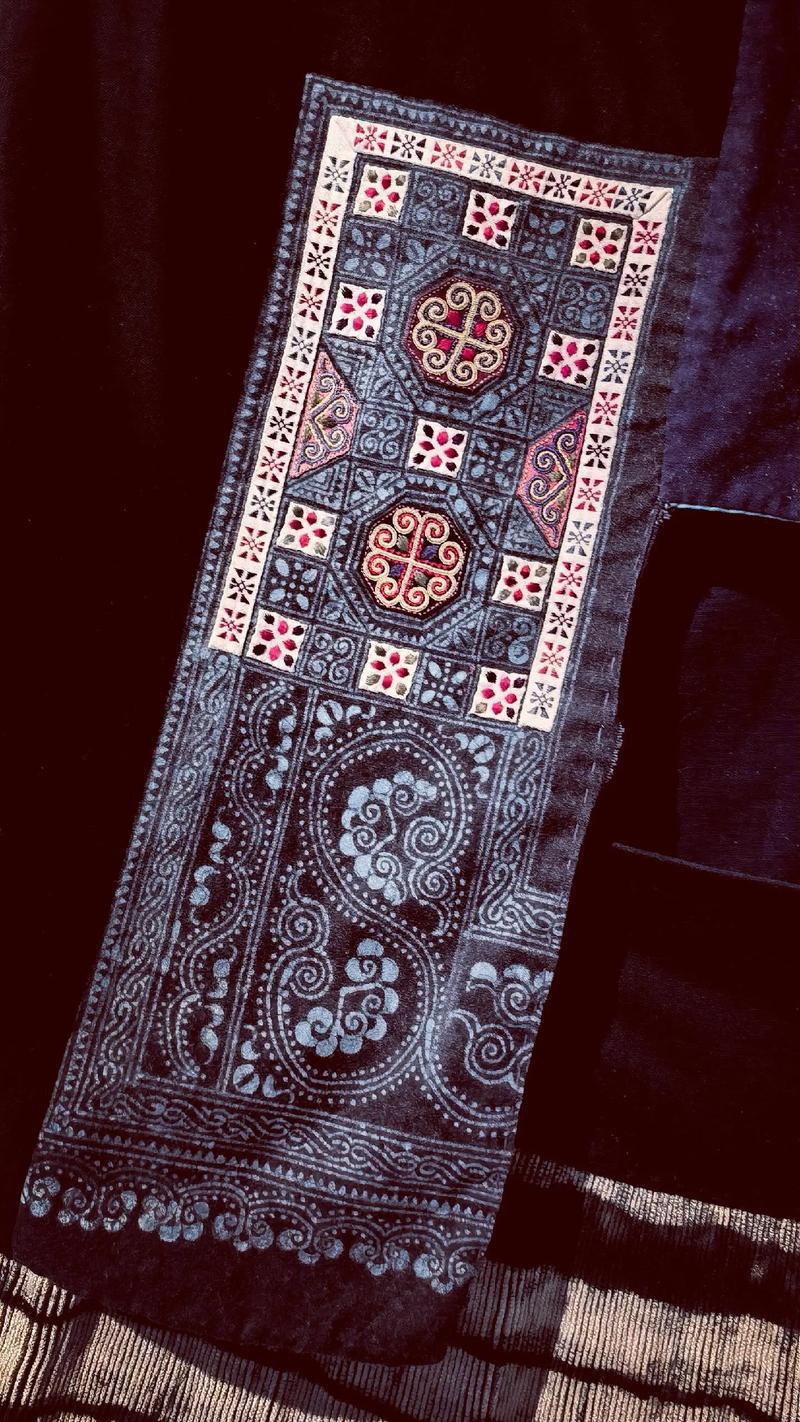The swastika, an ancient and intricate geometric pattern with a cross – like shape and bent arms, has held diverse and profound meanings across different cultures and historical periods. Its origins can be traced back thousands of years, and its symbolism reflects beliefs related to spirituality, prosperity, and cosmic harmony.

In Hinduism, the swastika, known as “svastika,” is a highly sacred symbol. Derived from the Sanskrit term meaning “conducive to well – being,” it represents the auspicious and the good. It is often associated with Lord Ganesha, the remover of obstacles, and Lord Vishnu, one of the principal deities. In Hindu temples, the swastika is prominently painted at entrances, thresholds, and on religious artifacts. It symbolizes the cycle of creation, preservation, and destruction, mirroring the eternal rhythm of the universe. Additionally, it is linked to the sun, representing the life – giving energy and the journey of the sun across the sky, signifying hope, growth, and the continuous renewal of life.

Similarly, in Buddhism, the swastika is an important emblem. It is regarded as a symbol of the auspicious footprints of the Buddha, representing the path to enlightenment. The pattern can be found on Buddha statues, temple walls, and religious texts. It embodies the eightfold path of Buddhism, which leads to the cessation of suffering and the attainment of Nirvana. The four arms of the swastika also symbolize the four noble truths central to Buddhist teachings, emphasizing the interconnectedness of all things and the pursuit of spiritual liberation.



